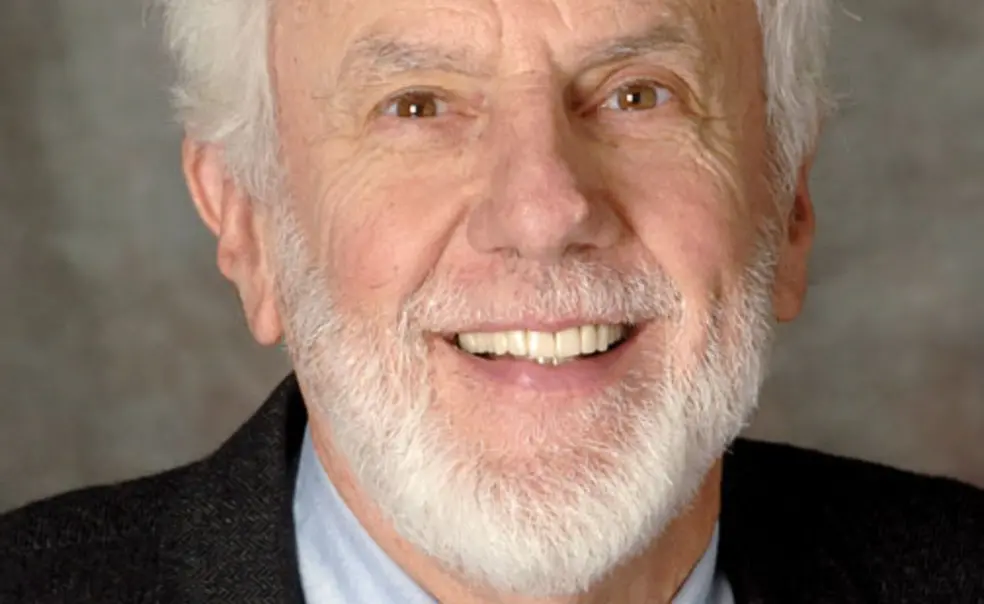Alumni Profile: Dr. Warner Slack '55, better medical records, better care
Although federal health-care reform remains a battleground, one Princeton alumnus has been pioneering the use of electronic medical records for decades. Dr. Warner Slack ’55, a Harvard Medical School professor at Beth Israel Deaconess Medical Center, leads a pilot program that allows patients to compile their medical histories at their own pace on their home computers. James Lynn ’55, a retired editorial writer for Newsday, spoke with him.
In your current study, patients use a computer program to prepare their own histories. How does this work?
Our computers are programmed to interact directly with patients. Some 230 questions are asked, and over 6,000 qualifying questions, comments, and words of encouragement may be presented, depending on how the patient traverses the interview. Patients can interact with our programs in their homes. They can stop when they need to and start again, think about questions, and go back and answer them. They can turn to the medicine cabinet and see the exact dosages of the medicines they’re taking. They can check with family members to get the details of the family medical history.
The computer then generates a summary for use by doctor and patient at the time of their visit. The idea is that this will be more accurate, more convenient for the patient, and less expensive for the clinical facility.
In the 1970s and ’80s, your research team designed a computing system to recordmedical information and make it instantly accessible to doctors at two Boston-area hospitals. What has that done to improve patient care?
First, the system gets the results of diagnostic studies to the responsible clinician immediately upon request. Second, it offers advice and suggestions about diagnosis and treatment.
Will patients want to put medical information online?
There’s no such thing as absolute security. But there are good technical ways to protect — quite well — information over the Internet. That’s how insurance companies get patient information now. I think the advantages greatly outweigh the disadvantages.












No responses yet